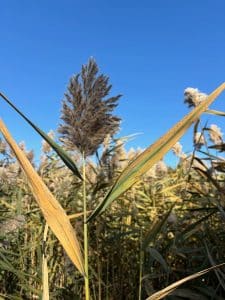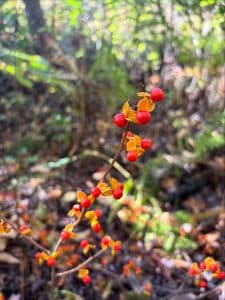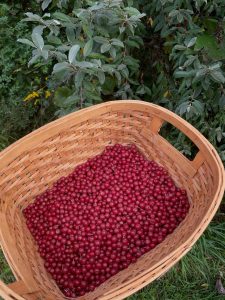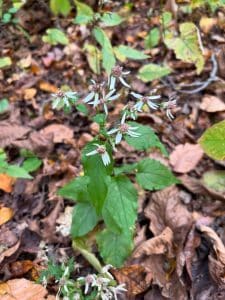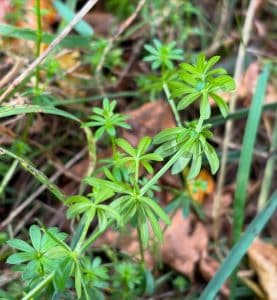Page Created by Connecticut Foraging Club
Upcoming Events | Meet the Instructors | Plant Archive | Mushroom Archive
----------------
Upcoming Events | Meet the Instructors | Plant Archive | Mushroom Archive
----------------
Ginkgo (Ginkgo biloba) is a unique tree that is native to a province in China. Ginkgo is the only plant in its genus, family, order, class, and division to still exist today.
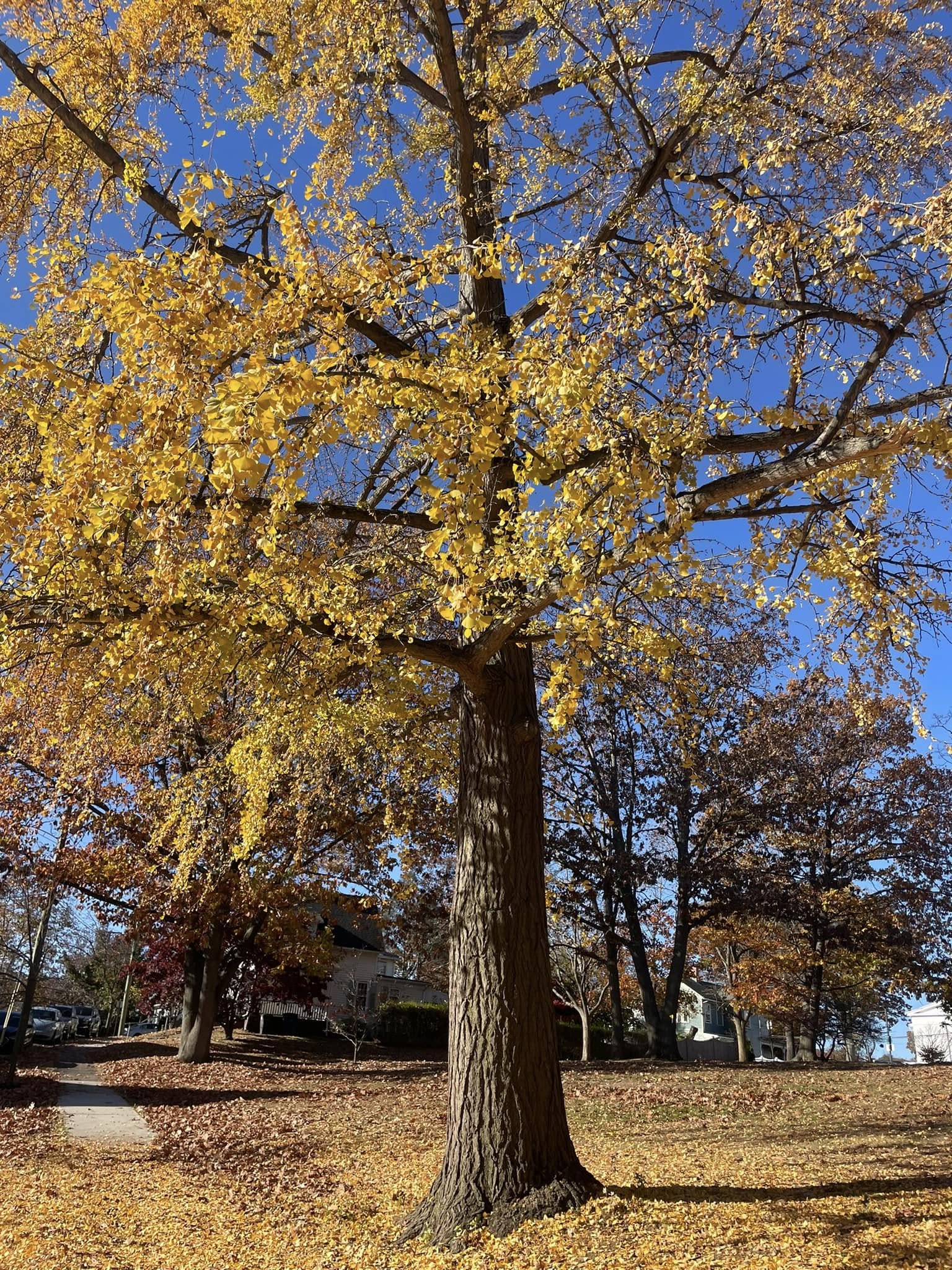
Ginkgo is often planted in suburban and urban areas. It can tolerate air and soil pollution and high levels of road salt. There are ginkgo trees in China that are 3,000 years old.
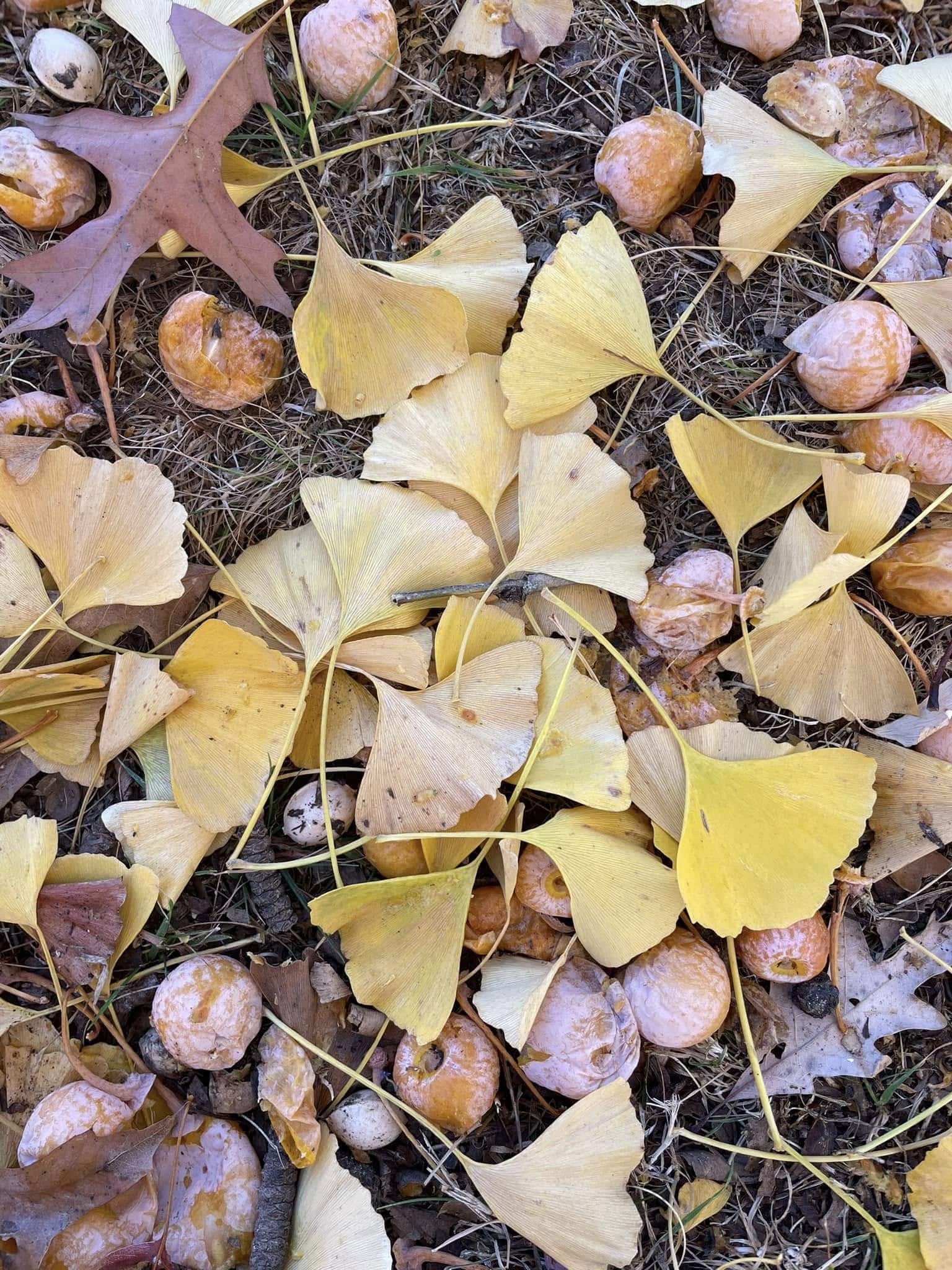
Ginkgo trees have fan-shaped leaves that turn bright yellow in the fall. Older trees have gray-brown bark with deep furrows.
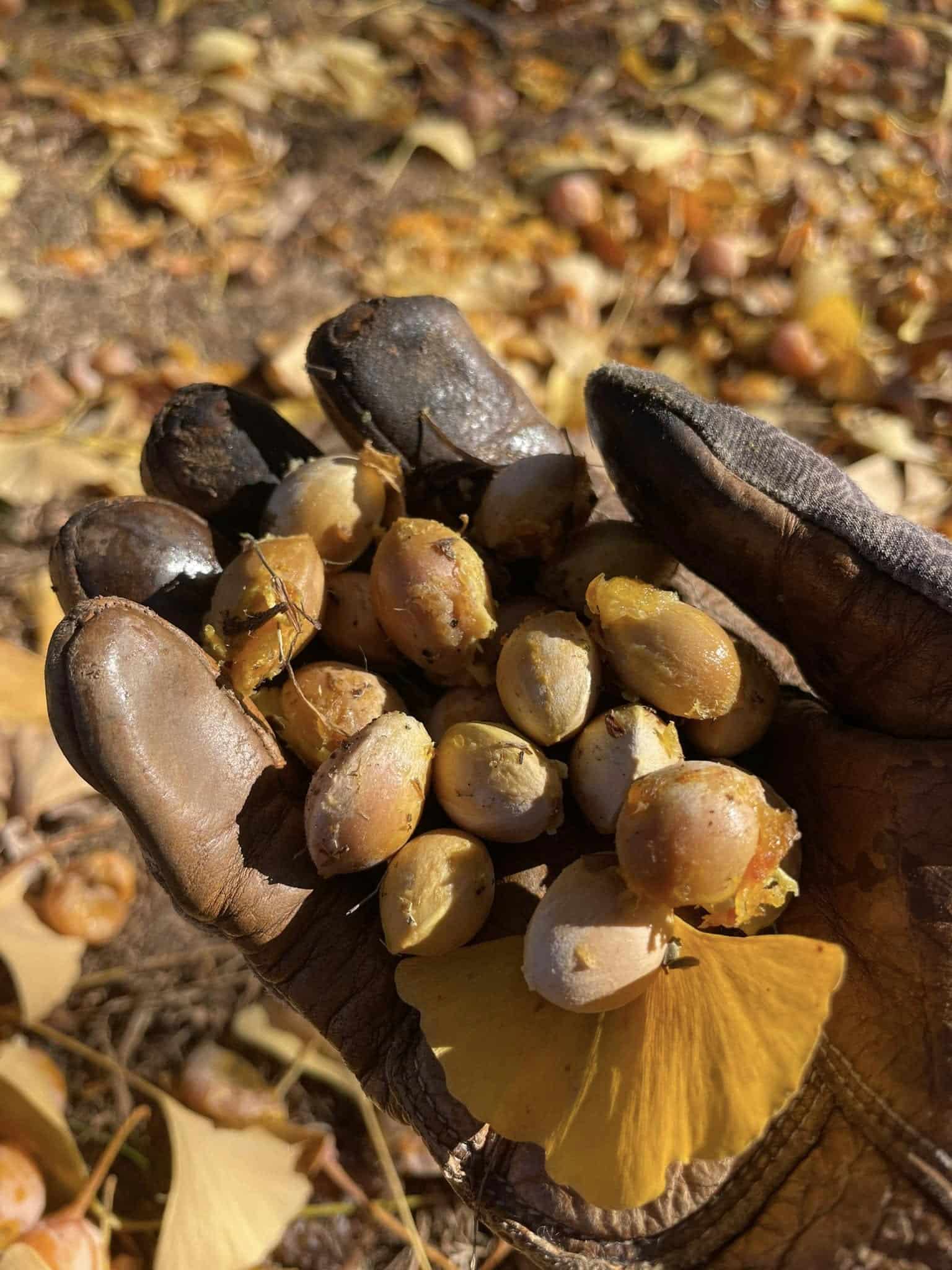
Female trees produce juicy plum-sized fruit-like structures that start off green and ripen to a golden yellow. Ripe “fruits” (technically sarcotesta, a fleshy seedcoat) smell of aged Parmesan cheese.
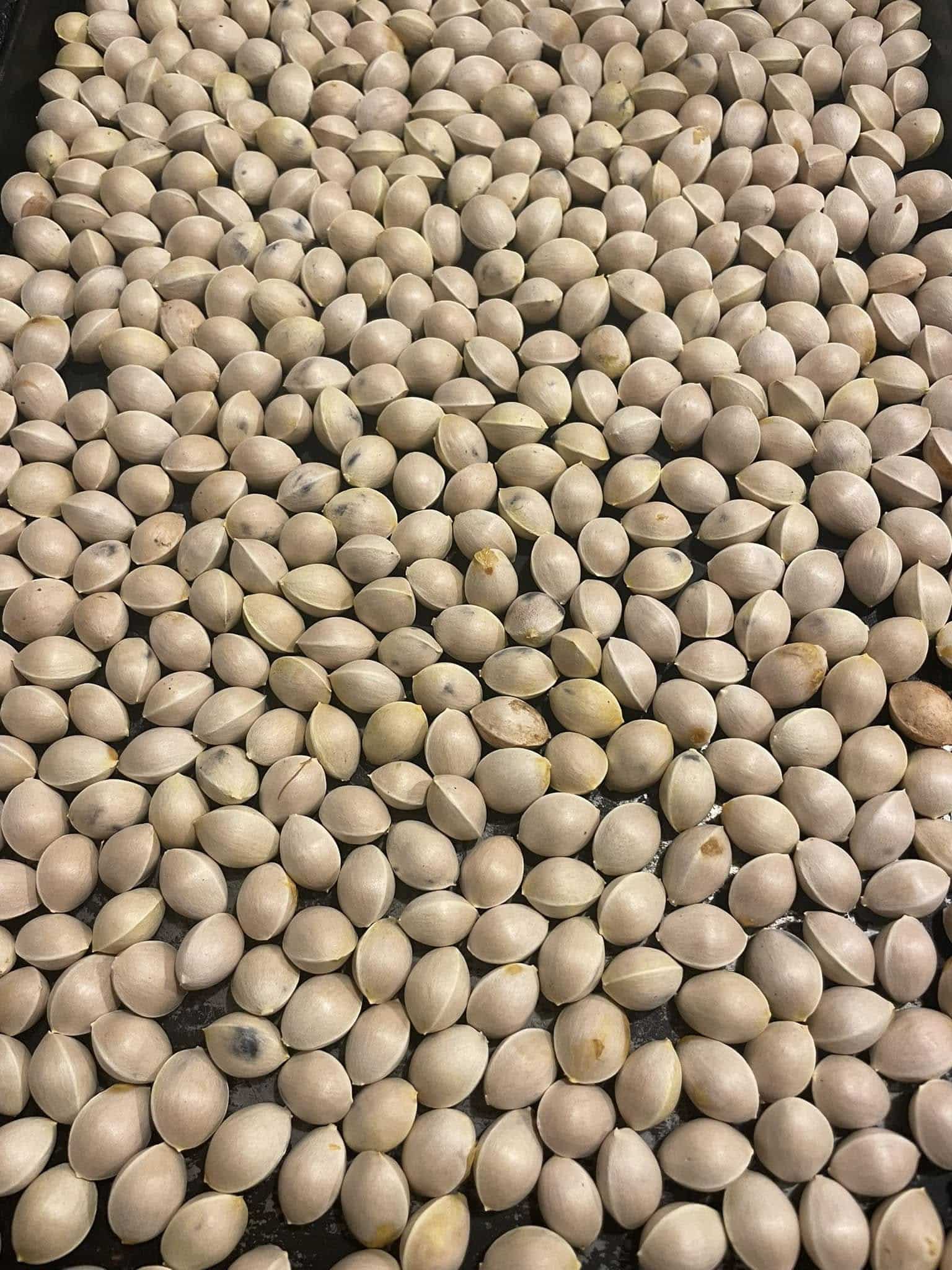
The seedcoats ripen and fall off the trees from late October-early November. The seeds can often be harvested into early winter. Seedcoats contain an oil that is similar to urushiol, the oil responsible for the rash and itching caused by poison ivy. Therefore, gloves should be worn when handling the sarcotesta.
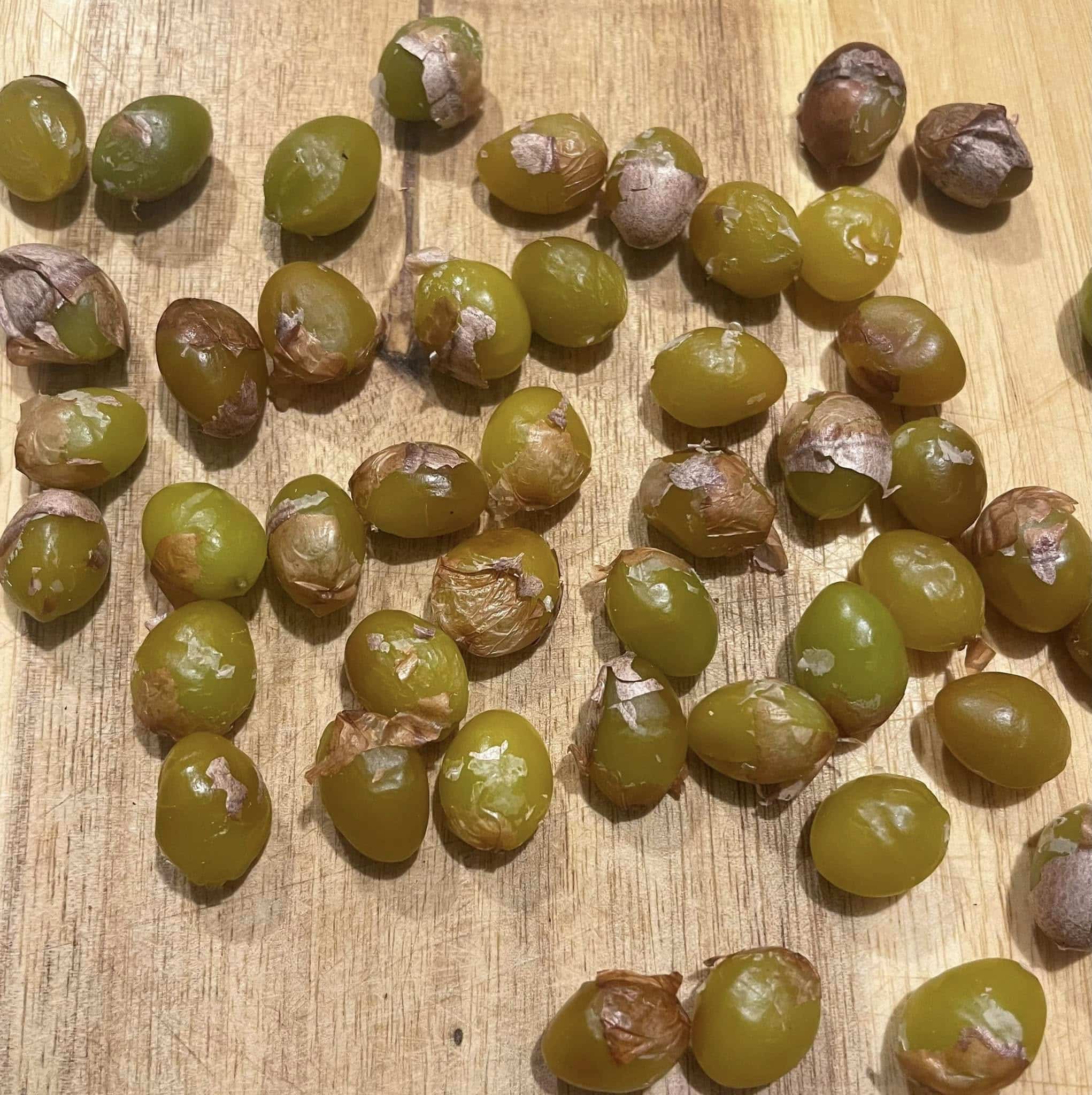
The sarcotesta contain a small seed that has been used for food and medicine for thousands of years.
The seed can be squeezed out of ripe “fruits” and cleaned. Seeds can then be dried in the sun for a few hours.
Ginkgo seeds must be cooked. They can be boiled or roasted. After roasting, the shell can be cracked open with a glass. Roasted ginkgo “nuts” can be added to soups, turned into spreads, or roasted again with soy sauce and sesame oil. The flavor is reminiscent of chestnut, Brie, and potato. Roasted, unshelled ginkgo seeds can be stored in the freezer.
Seeds are high in niacin, selenium, magnesium, and copper. It is recommended to eat no more than 10 seeds a day due to the presence of ginkgotoxins which interfere with the uptake of vitamin B-6.
Ginkgo leaf has been used medicinally to improve memory and brain function, reduce anxiety, and treat glaucoma.
--
Written by Amy Demers, founder of the Connecticut Foraging Club. To learn more about foraging in Connecticut, check out our upcoming classes.


